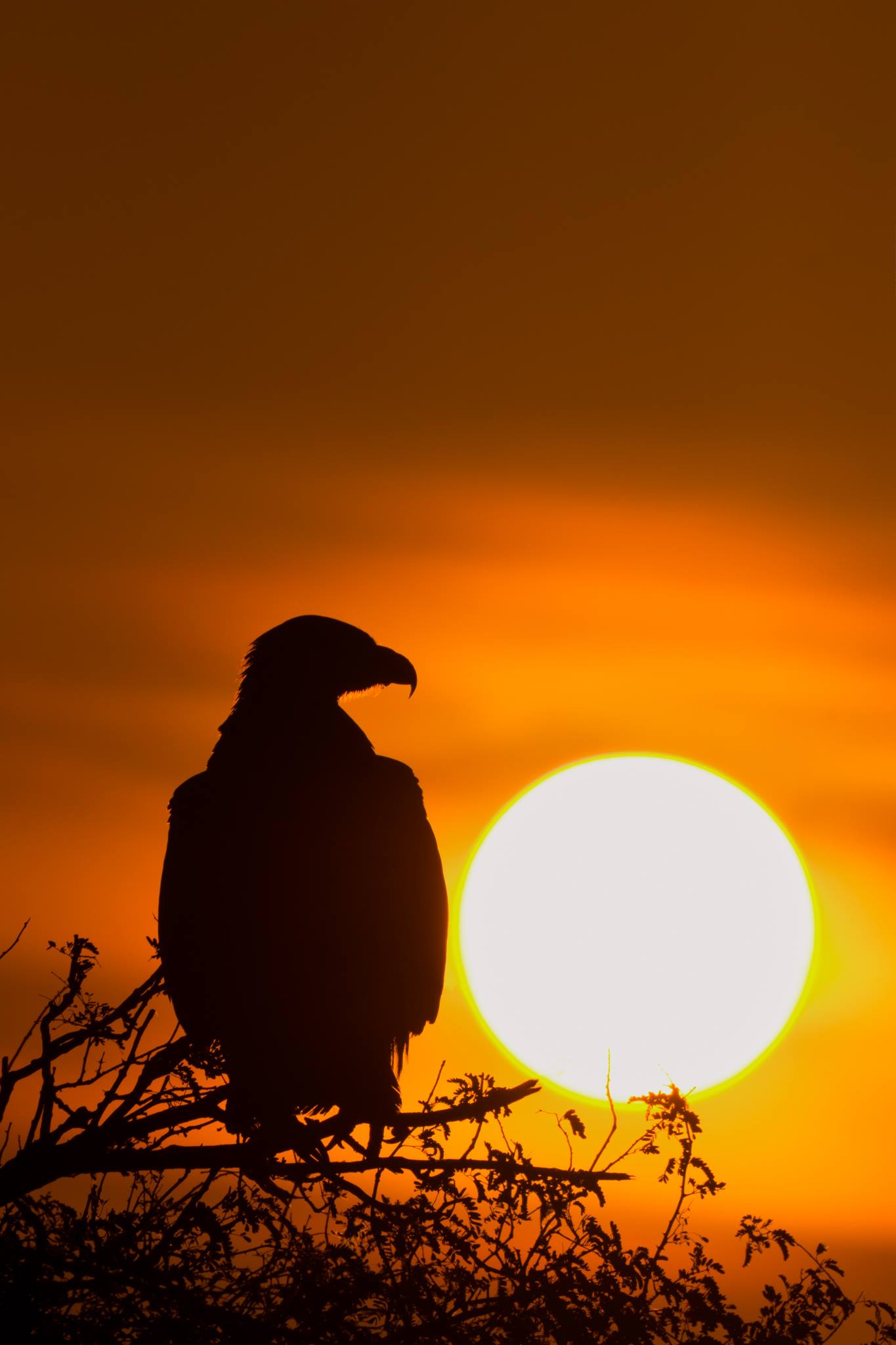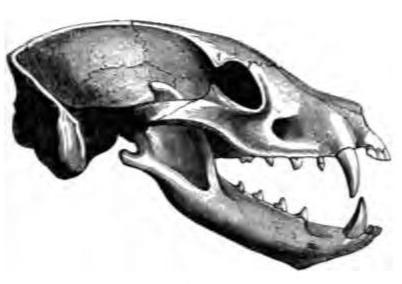|
Subdoluseps Nilgiriensis
The Nilgiri gracile skink (''Subdoluseps nilgiriensis'') is a species of skink found in Western Ghats ranges in the Nilgiri hills in Tamil Nadu, South India. Description ''Subdoluseps nilgiriensis'' can be identified by: slender, small-sized body (47–67 mm); sandy brown above, with each scale tipped with black; a thick black lateral band from snout to tail; a distinct white labial streak; dirty white venter, with throat having mild black striations; 28–29 midbody scale rows; 71–74 mid ventral scales; 66–69 paravertebral scales. Etymology This species was named after its type locality - the Nilgiri hills, in the Western Ghats of South India. Discovery ''Subdoluseps nilgiriensis'' was discovered by scientists in the Anaikatti and Mulli hills of the Nilgiri district of Tamil Nadu, in a farmland surrounded by deciduous forests. First found in 2019, after many months of research it was named and described as new to science, in 2021. Natural history ''Subdoluseps nilg ... [...More Info...] [...Related Items...] OR: [Wikipedia] [Google] [Baidu] |
Species
In biology, a species is the basic unit of Taxonomy (biology), classification and a taxonomic rank of an organism, as well as a unit of biodiversity. A species is often defined as the largest group of organisms in which any two individuals of the appropriate sexes or mating types can reproduction, produce Fertility, fertile offspring, typically by sexual reproduction. Other ways of defining species include their karyotype, DNA sequence, morphology (biology), morphology, behaviour or ecological niche. In addition, paleontologists use the concept of the chronospecies since fossil reproduction cannot be examined. The most recent rigorous estimate for the total number of species of eukaryotes is between 8 and 8.7 million. However, only about 14% of these had been described by 2011. All species (except viruses) are given a binomial nomenclature, two-part name, a "binomial". The first part of a binomial is the genus to which the species belongs. The second part is called the specifi ... [...More Info...] [...Related Items...] OR: [Wikipedia] [Google] [Baidu] |
Skink
Skinks are lizards belonging to the family Scincidae, a family in the infraorder Scincomorpha. With more than 1,500 described species across 100 different taxonomic genera, the family Scincidae is one of the most diverse families of lizards. Skinks are characterized by their smaller legs in comparison to typical lizards and are found in different habitats except arctic and subarctic regions. Description Skinks look like lizards of the family Lacertidae (sometimes called ''true lizards''), but most species of skinks have no pronounced neck and relatively small legs. Several genera (e.g., '' Typhlosaurus'') have no limbs at all. This is not true for all skinks, however, as some species such as the red-eyed crocodile skink have a head that is very distinguished from the body. These lizards also have legs that are relatively small proportional to their body size. Skinks' skulls are covered by substantial bony scales, usually matching up in shape and size, while overlapping. Other ... [...More Info...] [...Related Items...] OR: [Wikipedia] [Google] [Baidu] |
Nilgiri Hills
The Nilgiri Mountains form part of the Western Ghats in northwestern Tamil Nadu, Southern Karnataka, and eastern Kerala in India. They are located at the trijunction of three states and connect the Western Ghats with the Eastern Ghats. At least 24 of the Nilgiri Mountains' peaks are above , the highest peak being Doddabetta, at . Etymology The word Nilgiri, comes from Sanskrit word ''neela'' (blue) + ''giri'' (mountain), has been in use since at least 1117 CE. In Tamil literature it is mentioned as ''Iraniyamuttam'' It is thought that the bluish flowers of kurinji shrubs gave rise to the name. Location The Nilgiri Hills are separated from the Karnataka Plateau to the north by the Moyar River. Three national parks border portions of the Nilgiri mountains. Mudumalai National Park lies in the northern part of the range where Kerala, Karnataka, and Tamil Nadu meet, covering an area of 321 km². Mukurthi National Park lies in the southwest part of the range, in Kerala ... [...More Info...] [...Related Items...] OR: [Wikipedia] [Google] [Baidu] |
Tamil Nadu
Tamil Nadu (; , TN) is a state in southern India. It is the tenth largest Indian state by area and the sixth largest by population. Its capital and largest city is Chennai. Tamil Nadu is the home of the Tamil people, whose Tamil language—one of the longest surviving classical languages in the world—is widely spoken in the state and serves as its official language. The state lies in the southernmost part of the Indian peninsula, and is bordered by the Indian union territory of Puducherry and the states of Kerala, Karnataka, and Andhra Pradesh, as well as an international maritime border with Sri Lanka. It is bounded by the Western Ghats in the west, the Eastern Ghats in the north, the Bay of Bengal in the east, the Gulf of Mannar and Palk Strait to the south-east, and the Indian Ocean in the south. The at-large Tamilakam region that has been inhabited by Tamils was under several regimes, such as the Sangam era rulers of the Chera, Chola, and Pandya c ... [...More Info...] [...Related Items...] OR: [Wikipedia] [Google] [Baidu] |
South India
South India, also known as Dakshina Bharata or Peninsular India, consists of the peninsular southern part of India. It encompasses the States and union territories of India, Indian states of Andhra Pradesh, Karnataka, Kerala, Tamil Nadu, and Telangana, as well as the union territory, union territories of Lakshadweep and Puducherry (union territory), Puducherry, comprising 19.31% of India's area () and 20% of India's population. Covering the southern part of the peninsular Deccan Plateau, South India is bounded by the Bay of Bengal in the east, the Arabian Sea in the west and the Indian Ocean in the south. The geography of the region is diverse with two mountain ranges – the Western Ghats, Western and Eastern Ghats – bordering the plateau heartland. The Godavari River, Godavari, Krishna River, Krishna, Kaveri, Tungabhadra River, Tungabhadra, Periyar River, Periyar, Bharathappuzha, Pamba River, Pamba, Thamirabarani River, Thamirabarani, Palar River, Palar, and Vaigai River, Va ... [...More Info...] [...Related Items...] OR: [Wikipedia] [Google] [Baidu] |
Nilgiri District
The Nilgiris district () is one of the 38 List of districts of Tamil Nadu, districts in the South India, southern Indian States and union territories of India, state of Tamil Nadu. Nilgiri ( en, Blue Mountains) is the name given to a range of mountains spread across the borders among the states of Tamil Nadu, Karnataka and Kerala. The Nilgiri Mountains, Nilgiri Hills are part of a larger mountain chain known as the Western Ghats. Their highest point is the mountain of Doddabetta, height 2,637 m. The district is contained mainly within the Nilgiri Mountains range. The administrative headquarters is located at Ooty (Ootacamud or Udhagamandalam). The district is bounded by Malappuram district, Malappuram district of Kerala to the west, Coimbatore district, Coimbatore and Palakkad district, Palakkad to the south, Erode district, Erode to the east, and Chamarajanagar district, Chamarajnagar district of Karnataka and Wayanad district, Wayanad district of Kerala to the north. As it is l ... [...More Info...] [...Related Items...] OR: [Wikipedia] [Google] [Baidu] |
Diurnality
Diurnality is a form of plant and animal behavior characterized by activity during daytime, with a period of sleeping or other inactivity at night. The common adjective used for daytime activity is "diurnal". The timing of activity by an animal depends on a variety of environmental factors such as the temperature, the ability to gather food by sight, the risk of predation, and the time of year. Diurnality is a cycle of activity within a 24-hour period; cyclic activities called circadian rhythms are endogenous cycles not dependent on external cues or environmental factors except for a zeitgeber. Animals active during twilight are crepuscular, those active during the night are nocturnal and animals active at sporadic times during both night and day are cathemeral. Plants that open their flowers during the daytime are described as diurnal, while those that bloom during nighttime are nocturnal. The timing of flower opening is often related to the time at which preferred pollinators ar ... [...More Info...] [...Related Items...] OR: [Wikipedia] [Google] [Baidu] |
Insectivorous
A robber fly eating a hoverfly An insectivore is a carnivorous animal or plant that eats insects. An alternative term is entomophage, which can also refer to the human practice of eating insects. The first vertebrate insectivores were amphibians. When they evolved 400 million years ago, the first amphibians were piscivores, with numerous sharp conical teeth, much like a modern crocodile. The same tooth arrangement is however also suited for eating animals with exoskeletons, thus the ability to eat insects is an extension of piscivory. At one time, insectivorous mammals were scientifically classified in an order called Insectivora. This order is now abandoned, as not all insectivorous mammals are closely related. Most of the Insectivora taxa have been reclassified; those that have not yet been reclassified and found to be truly related to each other remain in the order Eulipotyphla. Although individually small, insects exist in enormous numbers. Insects make u ... [...More Info...] [...Related Items...] OR: [Wikipedia] [Google] [Baidu] |
Deciduous Forest
In the fields of horticulture and Botany, the term ''deciduous'' () means "falling off at maturity" and "tending to fall off", in reference to trees and shrubs that seasonally shed leaves, usually in the autumn; to the shedding of petals, after flowering; and to the shedding of ripe fruit. The antonym of ''deciduous'' in the botanical sense is evergreen. Generally, the term "deciduous" means "the dropping of a part that is no longer needed or useful" and the "falling away after its purpose is finished". In plants, it is the result of natural processes. "Deciduous" has a similar meaning when referring to animal parts, such as deciduous antlers in deer, deciduous teeth (baby teeth) in some mammals (including humans); or decidua, the uterine lining that sheds off after birth. Botany In botany and horticulture, deciduous plants, including trees, shrubs and herbaceous perennials, are those that lose all of their leaves for part of the year. This process is called absci ... [...More Info...] [...Related Items...] OR: [Wikipedia] [Google] [Baidu] |
Subdoluseps
''Subdoluseps'' is a genus of skinks. They were all previously found in the genus ''Lygosoma''. Species The following species are recognized as being valid. www.reptile-database.org. *'' Subdoluseps bowringii'' ( Günther, 1864) – Christmas Island grass skink, Bowring's supple skink *''Subdoluseps frontoparietalis'' (Taylor, 1962) – Taylor's writhing skink, pygmy supple skink *''Subdoluseps herberti'' ( M.A. Smith, 1916) – Herbert's supple skink *''Subdoluseps malayana'' L. Grismer, Dzukafly, Muin, Quah, Karin, Anuar & Freitas, 2019 – Malaysian supple skink *''Subdoluseps nilgiriensis'' Ganesh, Srikanthan, Ghosh, Adhikari, S. Kumar & Datta-Roy, 2021 – Nilgiri gracile skink *''Subdoluseps pruthi'' (Sharma, 1977) – Pruthi's skink *''Subdoluseps samajaya'' (Karin, Freitas, Shonleben, L. Grismer, Bauer & Das Das or DAS may refer to: Organizations * Dame Allan's Schools, Fenham, Newcastle upon Tyne, England * Danish Aviation Systems, a supplier and deve ... [...More Info...] [...Related Items...] OR: [Wikipedia] [Google] [Baidu] |




